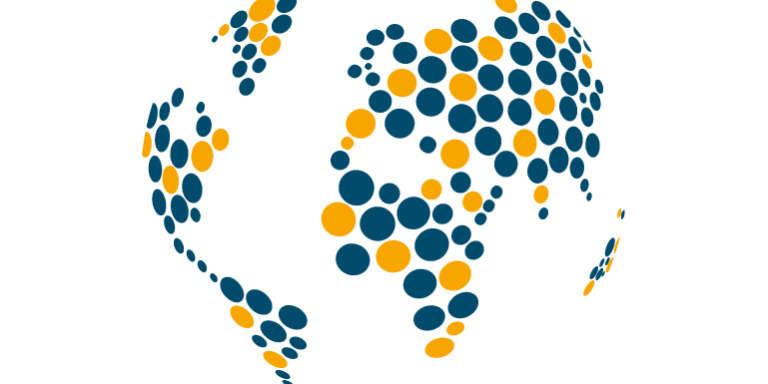Chad
With 170 fatalities, June 2017 saw Chad’s highest monthly total of reported fatalities in the past decade. The fatalities occurred during a three-day battle between June 23-25 that saw the Chadian army and Boko Haram militants clash around a series of islands near the Nigerian border in the Bol area of Lac region. This region has been regularly targeted by Boko Haram attacks in the past, including a raid in May 2015 on the Kaiga border post. During the battle in June 2017 at least 162 militants and 8 Chadian soldiers were reported killed. These clashes are reminiscent of a significant clash in July 2015 resulted in a high number of fatalities (173 dead), although those clashes spanned a two-week period compared to the shorter but much more intense fighting in terms of reported fatalities in June 2017. Viewed from the wider regional perspective, these events support the larger trend towards military defeats suffered by Boko Haram militants while fighting with state security forces, which includes similar incidents reported in Cameroon, Niger and Nigeria this year.
Mali
Mali saw a dramatic rise in reported fatalities in June 2017 to a total of 185 compared to an average of only 74 per month between January and May 2017. In terms of reported fatalities, June 2017 is the most violent month since the initial months of the French intervention in the country’s north in early 2013. This increase in reported fatalities is the result of at least two separate dynamics. The first is a trend of rising ethnic violence between various groups primarily situated in the Mopti area, which has motivated cycles of reprisals since February 2017. The second is the Group for Support of Islam and Muslim’s (JNIM) continued attacks on both hard and soft targets, including assaults on a resort frequented by foreigners in Bamako and a Malian army post in Bintagoungou. The simmering conflict between the government and rebel groups in the north also contributed to the significant rise in reported fatalities in June 2017, as the event with the highest reported fatalities (30) was a battle between the Coordination of Movements of the Azawad (CMA), the main rebel coalition, and Imghad Tuareg and Allies Self-Defense Group (GATIA), a militia generally seen as aligned with the government.
Somalia
Insurgent activity continues to drive overall conflict levels in Somalia. Activity remains high in the first half of 2017, with over 2,500 fatalities since the beginning of the year. The risk to civilians in continues to be severe, and particularly so in Mogadishu. Throughout the month of June and first weeks of July al Shabaab carried out assassination campaigns against government ministers in the capital. Al Shabaab dispersed leaflets advising bystanders to avoid government buildings. While maintaining a heavy presence in southern regions, an increasing number of al Shabaab’s efforts have begun to move north where fatalities peaked in June following an attack on Puntland forces at Af-Urur. Al Shabaab’s recent movements into the Puntland may be motivated by ideological competition with the Islamic State, whose influence around the town of Qandala grew in recent months. Throughout May and June, US drone strikes against al Shabaab leadership personnel increased over the lull in the beginning of the year. Bolstered by AMISOM air forces, similar operations are focused in Lower Shabelle, and activity in Bari began in mid-June.





